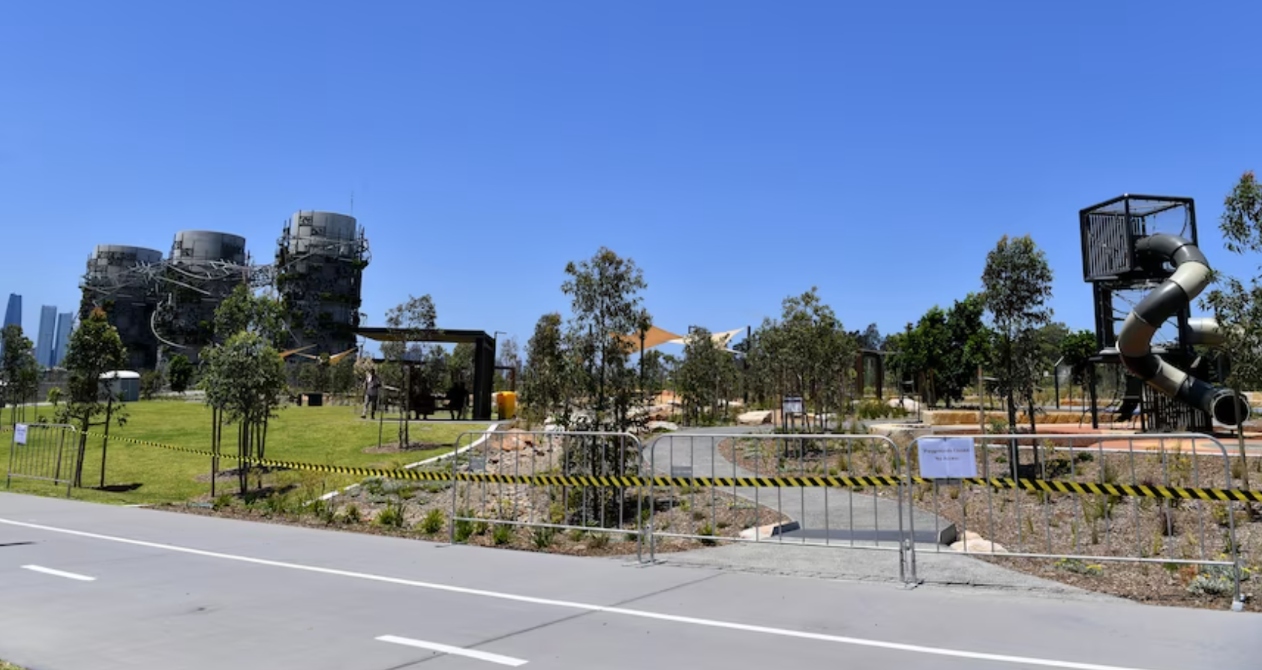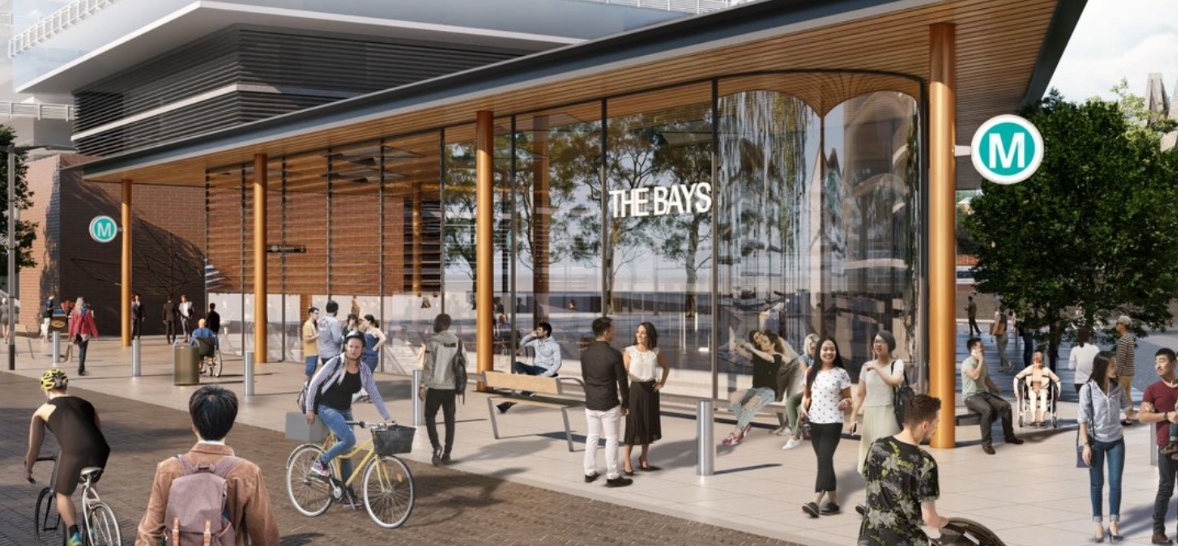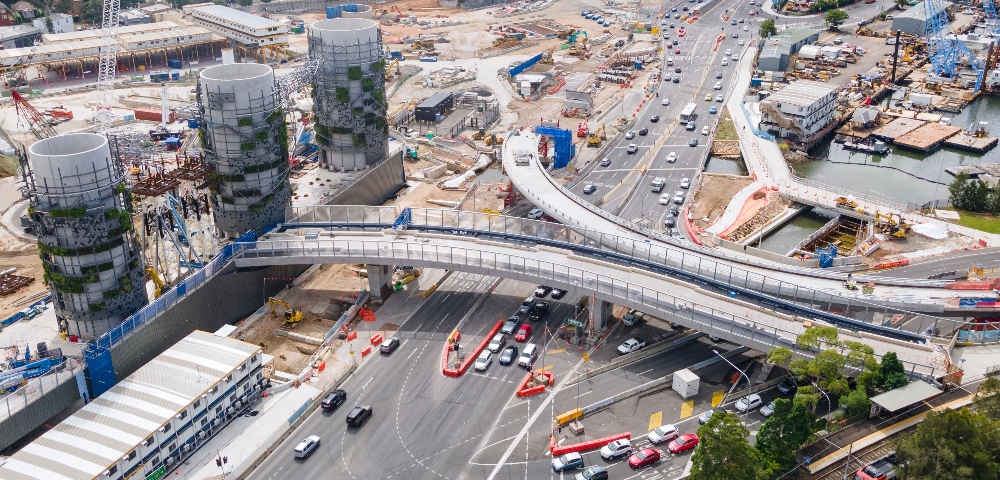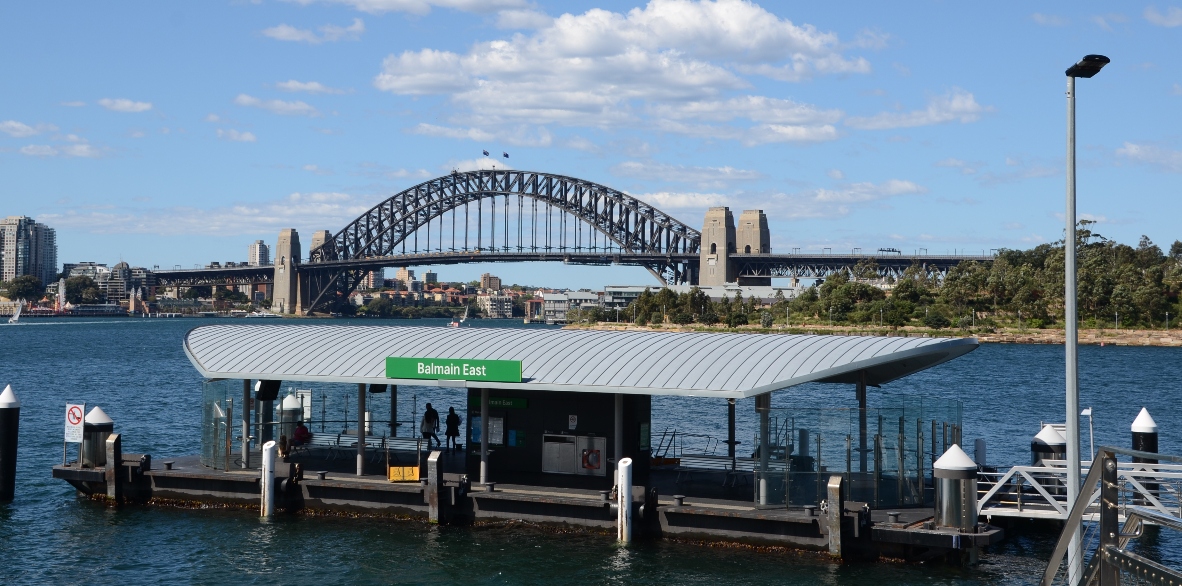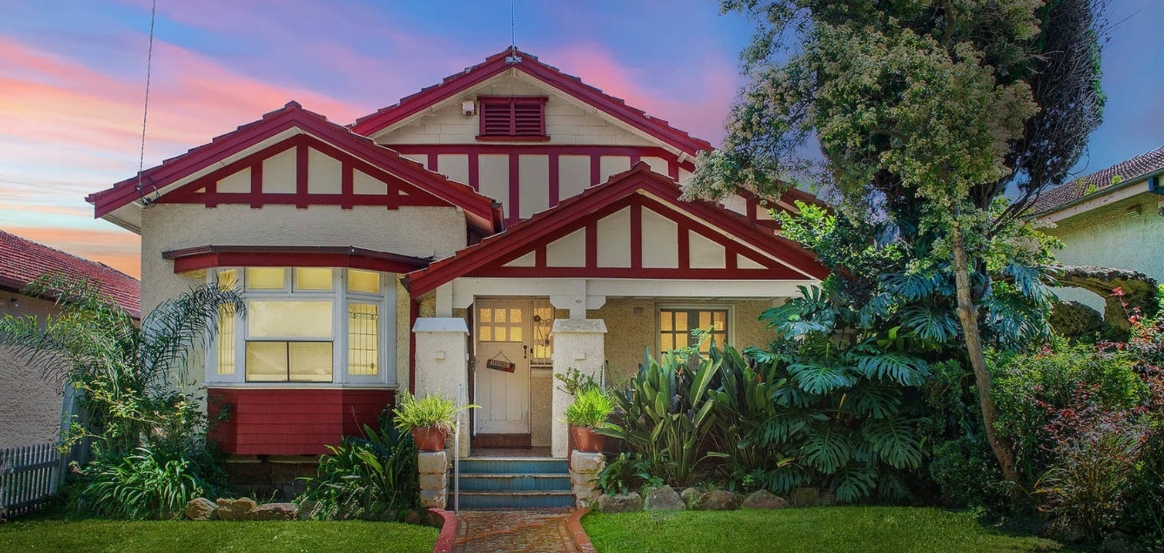
Better health for Callan Park

by John Moyle
After many years of committed community action to save it from the clutches of successive NSW governments and their developer friends Callan Park finally appears to be heading into calmer waters.
On Thursday 21 June at Balmain Town Hall local politician Jamie Parker will be hosting a public meeting to unveil the Landscape Structure Plan for Callan Park as presented by the Office of Environment and Heritage and give local residents a chance to have their feedback.
“The absence of apartments on Callan Park today as evidence of our success, but there is so much more to do,” Jamie Parker, member for Balmain said.
While Jamie Parker’s commitment to Callan Park cannot be questioned, the struggle to keep it away from developers started years ago and had the then Leichhardt Council and Friends of Callan Park as it earliest defenders.
“The process up to this point has failed to comprehensively consult the public but it looks like that process is starting now,” president, Friends of Callan Park, Hall Greenland said.
Mental health beds began to be transferred away from Callan Park after the Richmond Report in 1983, which also saw the beginning of successful community actions.
A low point for the ALP in government came in 2002 when it proposed to sell the Park to developers, which due to community action almost cost them their seat and resulted in the establishment of the Callan Park act that ensured that the site is preserved from development.
In 2006 Leichhardt Council called for a master plan and pressured the NSW Government to continue and upgrade the mental health facilities housed in the Park.
The NSW Government appointed a community reference panel to comment on the master plan which was then passed onto the Sydney Harbour Foreshore Authority.
The following year Rozelle Hospital was closed and a number of non-government health services were moved onto the site.
Reacting to community concerns, Leichhardt Council lodged an objection and the NSW Government handed 40 of the Park’s 60 hectares to the control of the Council under a 99-year lease.
The first scoping document for the Park was prepared by Leichhardt Council in 2009.
“Under the former Government, Callan Park was under constant attack from attempts to sell it off, develop it, move university campuses onto it and promote residential development within it,” Jamie Parker said.
Eventually the control of the Park was handed to the Office of Environment and Heritage, rather than Property NSW under whose auspices it would normally fall.
The Heritage Minister Ms Gabrielle Upton has said that the Government will now ban apartments or development at Callan Park.
“The Office of the Environment and Heritage has commissioned two firms of landscape architects to draw up a landscape structure plan for Callan Park that will expand the amount of land available on the site,” Hall Greenland said.
Callan Park currently has multiple tenants including NSW Drug Health, Mothers and babies, WHOS, University of Tasmania, and the University of Sydney Fine Arts.
“The SCA (Sydney College of the Arts) studio facilities will move to the University of Sydney’s Camperdown campus and are expected to be complete prior to Semester 1 of 2020,” media, University of Sydney, Sally Quinn said.
Friends of Callan Park expect that many of the early 20th century buildings will make way for more public space, while they also support greater use of the health facilities already there.
“What the Friends are proposing is that the day care patients can come to the facilities , and this would supplement the existing facilities around the city,” Hall Greenland said.
“Callan Park is in the centre of a sympathetic community and would be an obvious place to situate people suffering from mental illness in the more modern buildings at Callan Park.”
Jamie Parker agrees with Friends of Callan Park when he said: ”It is critical that we see the return of modern, humane health services to Callan Park.”
A quick look at Callan Park’s historical assets makes it clear what all fuss for all these years was about.
The Park covers more than 60 hectares of land that includes an extensive foreshore area and apart from its many historical buildings dating back to the mid-1850s, it also includes Aboriginal middens at Callan Point.
Before European settlement the site was home to members of the Wangal clan who were part of the Eora or Dharug tribes, with their territory extending along the Parramatta River.
The grounds also contains some of the remnants of NSW rainforest species including giant Moreton bay figs, rusty figs, Hill’s figs and Bunya Bunya pines. Chinese junipers and Mediterranean cypresses are scattered throughout the Park.
“We are sympathetic to expanding the parkland and demolishing some of the buildings as long as some of the more modern buildings are retained for mental health,” Hall Greenland said.
Jamie Parker said: “The real challenge faced by the Landscape Structure Plan is the need to balance the community’s desire to preserve the heritage significance of Callan Park while still allowing it to be opened up as parkland.”
The meeting on the 21st will be the first step for the community to have their say in securing Callan Park’s future while opening it up for everyone to enjoy its natural and manmade wonders.
“This public meeting will be a critical first step in public consultation,” Jamie Parker said.




